#nasamoonsnap
Text
The Artemis I Mission: To the Moon and Back
The Artemis I mission was the first integrated test of the Orion spacecraft, the Space Launch System (SLS) rocket, and Exploration Ground Systems at NASA’s Kennedy Space Center in Florida. We’ll use these deep space exploration systems on future Artemis missions to send astronauts to the Moon and prepare for our next giant leap: sending the first humans to Mars.
Take a visual journey through the mission, starting from launch, to lunar orbit, to splashdown.
Liftoff

The SLS rocket carrying the Orion spacecraft launched on Nov. 16, 2022, from Launch Complex 39B at NASA’s Kennedy Space Center in Florida. The world’s most powerful rocket performed with precision, meeting or exceeding all expectations during its debut launch on Artemis I.
"This is Your Moment"

Following the successful launch of Artemis I, Launch Director Charlie Blackwell-Thompson congratulates the launch team.
“The harder the climb, the better the view,” she said. “We showed the space coast tonight what a beautiful view it is.”
That's Us

On Orion’s first day of flight, a camera on the tip of one of Orion’s solar arrays captured this image of Earth.
Inside Orion

On the third day of the mission, Artemis I engineers activated the Callisto payload, a technology demonstration developed by Lockheed Martin, Amazon, and Cisco that tested a digital voice assistant and video conferencing capabilities in a deep space environment.
In the image, Commander Moonikin Campos occupies the commander’s seat inside the spacecraft. The Moonikin is wearing an Orion Crew Survival System suit, the same spacesuit that Artemis astronauts will use during launch, entry, and other dynamic phases of their missions. Campos is also equipped with sensors that recorded acceleration and vibration data throughout the mission that will help NASA protect astronauts during Artemis II.
The Moonikin was one of three “passengers” that flew aboard Orion. Two female-bodied model human torsos, called phantoms, were aboard. Zohar and Helga, named by the Israel Space Agency (ISA) and the German Aerospace Center (DLR) respectively, supported the Matroshka AstroRad Radiation Experiment (MARE), an experiment to provide data on radiation levels during lunar missions.
Snoopy, wearing a mock orange spacesuit, also can be seen floating in the background. The character served as the zero-gravity indicator during the mission, providing a visual signifier that Orion is in space.
Far Side of the Moon

A portion of the far side of the Moon looms large in this image taken by a camera on the tip of one of Orion’s solar arrays on the sixth day of the mission.
First Close Approach

The Orion spacecraft captured some of the closest photos of the Moon from a spacecraft built for humans since the Apollo era — about 80 miles (128 km) above the lunar surface. This photo was taken using Orion’s optical navigational system, which captures black-and-white images of the Earth and Moon in different phases and distances.
Distant Retrograde Orbit
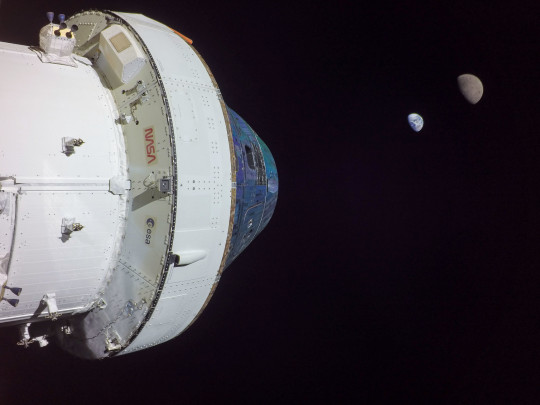
Orion entered a distant retrograde orbit around the Moon almost two weeks into the mission. The orbit is “distant” in the sense that it’s at a high altitude approximately 50,000 miles (80,467 km) from the surface of the Moon. Orion broke the record for farthest distance of a spacecraft designed to carry humans to deep space and safely return them to Earth, reaching a maximum distance of 268,563 miles (432,210 km).
Second Close Approach

On the 20th day of the mission, the spacecraft made its second and final close approach to the Moon flying 79.2 miles (127.5 km) above the lunar surface to harness the Moon’s gravity and accelerate for the journey back to Earth.
Cameras mounted on the crew module of the Orion spacecraft captured these views of the Moon’s surface before its return powered flyby burn.
Heading Home

After passing behind the far side of the Moon on Flight Day 20, Orion powered a flyby burn that lasted approximately 3 minutes and 27 seconds to head home. Shortly after the burn was complete, the Orion spacecraft captured these views of the Moon and Earth, which appears as a distant crescent.
Parachutes Deployed
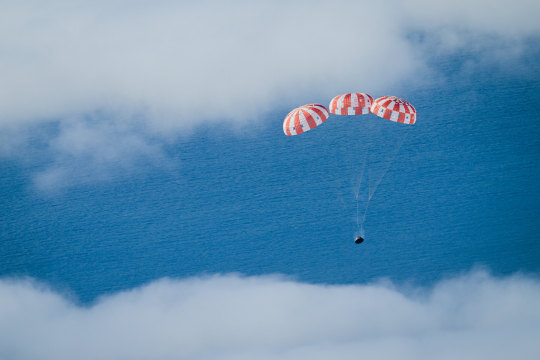
Prior to entering the Earth’s atmosphere, Orion’s crew module separated from its service module, which is the propulsive powerhouse provided by ESA (European Space Agency). During re-entry, Orion endured temperatures about half as hot as the surface of the Sun at about 5,000 degrees Fahrenheit (2,760 degrees Celsius). Within about 20 minutes, Orion slowed from nearly 25,000 mph (40,236 kph) to about 20 mph (32 kph) for its parachute-assisted splashdown.
Splashdown

On Dec. 11, the Orion spacecraft splashed down in the Pacific Ocean off the coast of California after traveling 1.4 million miles (2.3 million km) over a total of 25.5 days in space. Teams are in the process of returning Orion to Kennedy Space Center in Florida. Once at Kennedy, teams will open the hatch and unload several payloads, including Commander Moonikin Campos, the space biology experiments, Snoopy, and the official flight kit. Next, the capsule and its heat shield will undergo testing and analysis over the course of several months.
Make sure to follow us on Tumblr for your regular dose of space!
#Artemis#LunarMission#SpaceLaunchSystem#Rocket#Space#MegaMoonRocket#Moon#Spacecraft#Orion#NASAMoonSnap#Moonikin#Earth#LunarOrbit#Splashdown#Launch
2K notes
·
View notes
Text


#NASA MoonSnap#steal my art i steal your kneecaps#artemis 1#nasa#her majesty#the moon#acrylic painting#nasamoonsnap#NASAMoonSnap
30 notes
·
View notes
Text
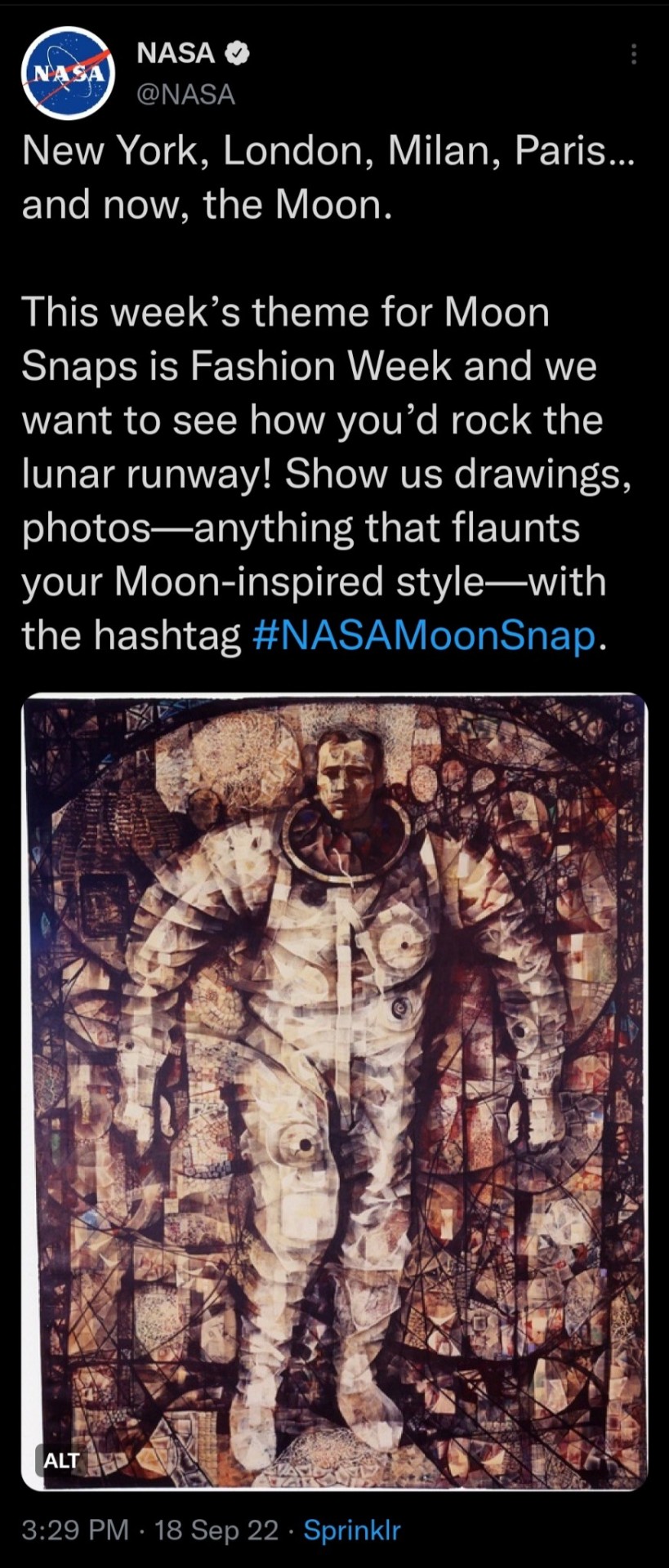
3 notes
·
View notes
Text
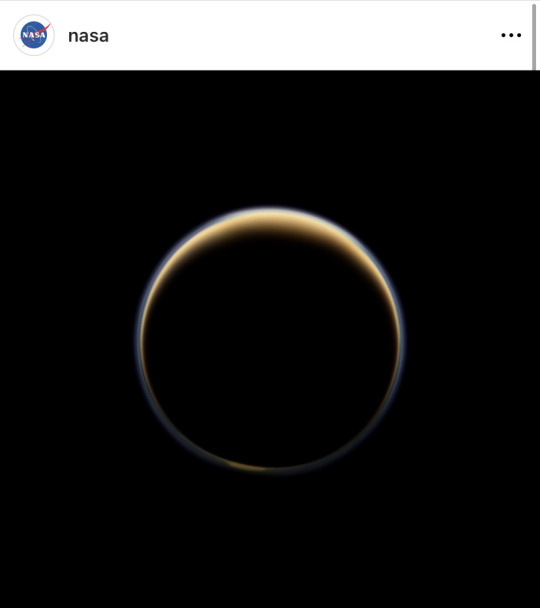
Discovered 368 years ago by Galileo, Saturn’s largest moon - Titan
#saturn#nasamoonsnap#nasa telescope spots ‘7 planet solar system’ that could have habitable worlds – and all of them have earth like feature#titan
0 notes
Text
How do astronauts stay warm? They always bring a space heater.
NASA socks at GoodLuckSock.com
#nasa mars#nasas#nasa#nasamoonsnap#astronomy#outer space#planets#space#astronaut#space art#space suit#space socks#socks#novelty socks#novelty sock#good luck socks#sock shop#crazy socks#fun socks#sock design
0 notes
Text
Took these pictures in July, don’t know if they count
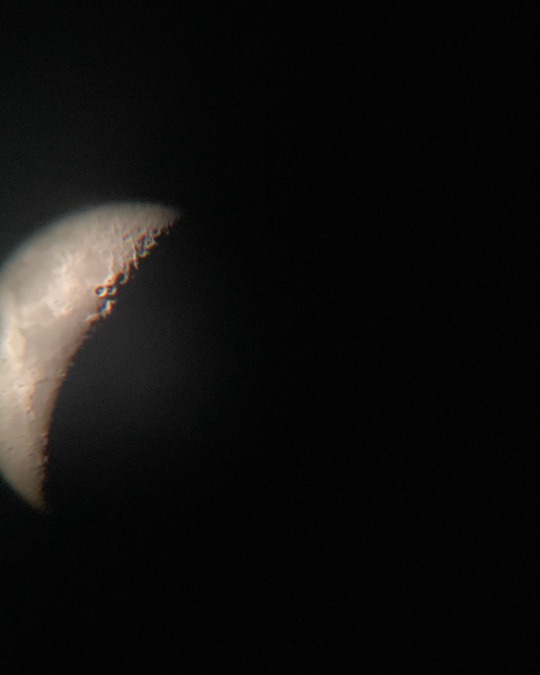
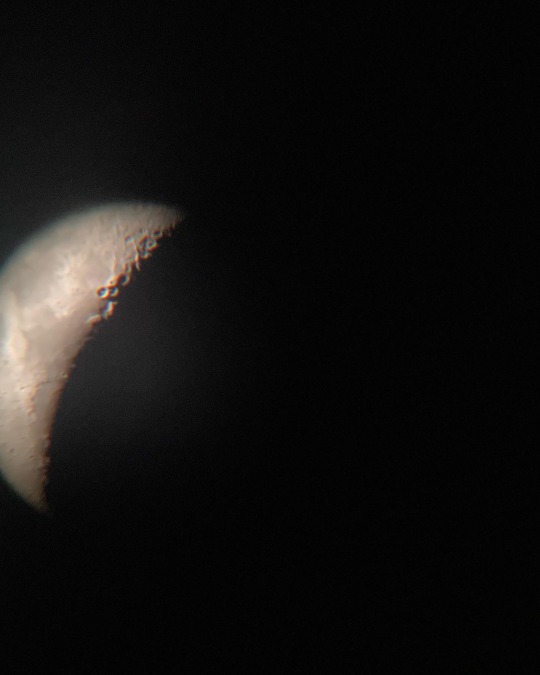


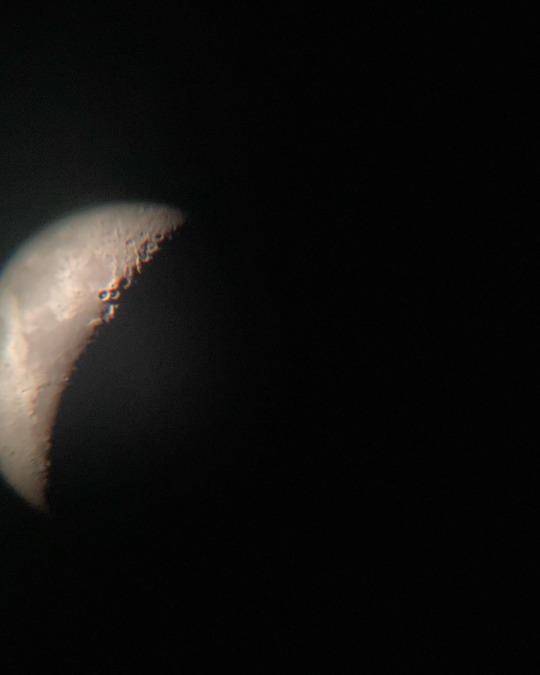





1 note
·
View note
Photo

It’s cloudy here (ofc) but here’s a throwback Moon from 11/08/2020. Only 17 days until we begin our return. #NASAMoonSnap #WeAreGoing #Artemis https://www.instagram.com/p/ChJevpyurVk/?igshid=NGJjMDIxMWI=
0 notes
Photo
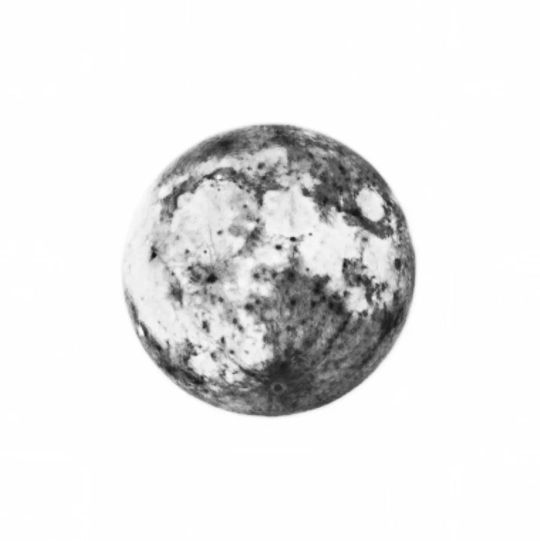
#NASAMoonSnap #moon #fullmoon #moonphotography #astrophotography #inverted #invertedcolors #invertedphotography #night #nightsky #nightphotography #blackandwhite #blackandwhitephotography #mobilephotography #phonephotography #zoomphotography #withgalaxy #GalaxyS22Ultra #instacraiova https://www.instagram.com/p/ChIg45xjcy_/?igshid=NGJjMDIxMWI=
#nasamoonsnap#moon#fullmoon#moonphotography#astrophotography#inverted#invertedcolors#invertedphotography#night#nightsky#nightphotography#blackandwhite#blackandwhitephotography#mobilephotography#phonephotography#zoomphotography#withgalaxy#galaxys22ultra#instacraiova
0 notes
Photo
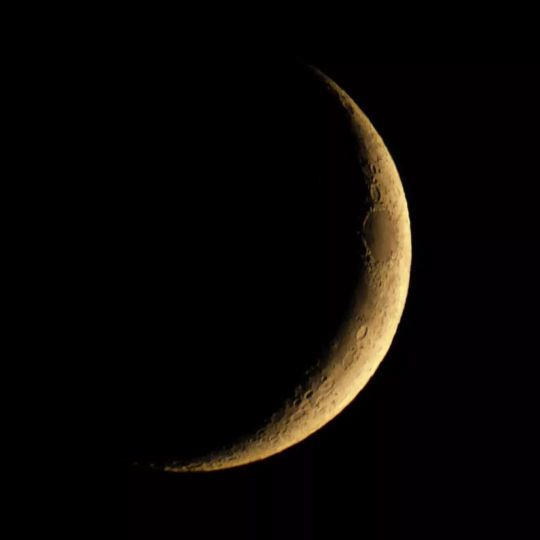
#NASAMoonSnap https://www.instagram.com/p/ChBJJUwrSF3/?igshid=NGJjMDIxMWI=
0 notes
Photo
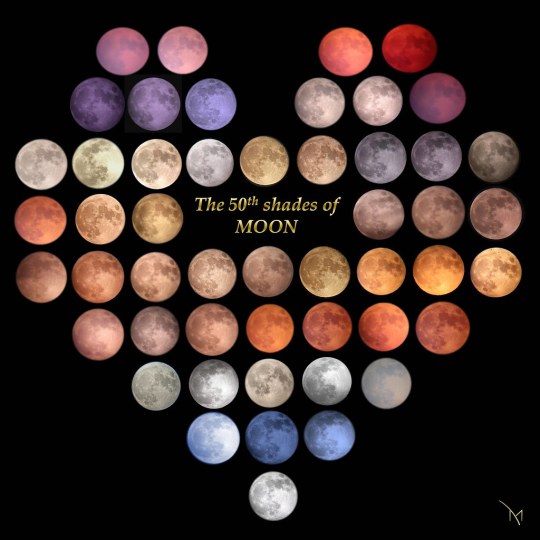
The 50th Shades of Moon by Maria Lambropoulou by NASA Orion Spacecraft Thank you to Maria Lambropoulou for submitting "The 50th Shades of Moon" to our #NASAMoonSnap campaign! During the Artemis I mission, the Orion spacecraft's internal and external cameras will capture views of Earth and the Moon as it travels between the two. In anticipation of this monumental milestone, NASA wants to see, hear, and experience all of your Moon-inspired content — your Moon photographs, your Moon music, your Moon recipes, your Moon nail art, your Moon makeup tutorials. The sky is not the limit! https://flic.kr/p/2nLEXJs
38 notes
·
View notes
Text
Follow NASA’s Artemis I Moon Mission: Live Tracker, Latest Images, and Videos
youtube
On Nov. 16, 2022, the Artemis I mission officially began with the launch of the Orion spacecraft atop the Space Launch System rocket. The rocket and spacecraft lifted off from historic Launch Complex 39B at NASA’s Kennedy Space Center in Florida.
Now, the Orion spacecraft is about halfway through its journey around the Moon. Although the spacecraft is uncrewed, the Artemis I mission prepares us for future missions with astronauts, starting with Artemis II.
Stay up-to-date with the mission with the latest full-resolution images, mission updates, on-demand and live video.
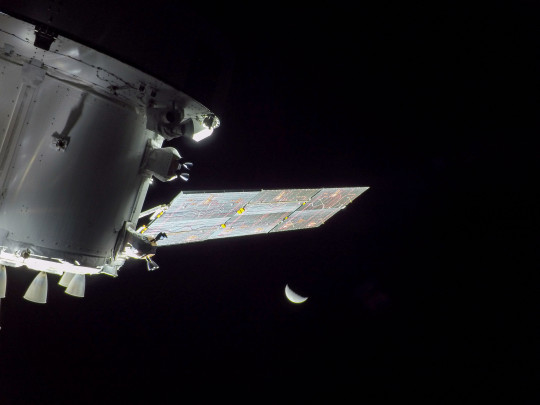
Imagery:
Find full-resolution images from the Orion spacecraft as they are released here.
Launch imagery can be found here. When Orion splashes down in the Pacific Ocean on Dec. 11, the images will be available here, as well!
youtube
Videos:
This playlist contains informational videos, as well as upcoming and past live events, about Artemis I.
You can watch a livestream of the Artemis I mission here. (Just a note: the livestream may cut off during moments when the Orion team needs higher bandwidth for activities.)
Keep yourself updated on the upcoming broadcasts of Artemis milestones with the NASA TV schedule.
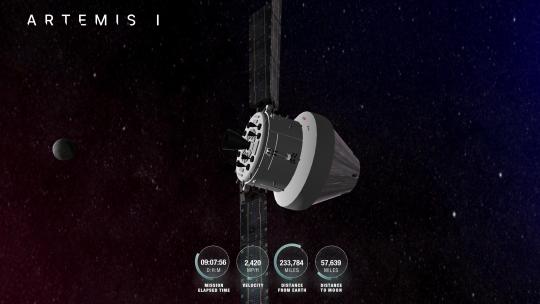
Trackers:
Our Artemis I Tracker uses live telemetry data streamed directly from Mission Control Center in Houston to show Orion position, attitude, solar array positions, and thruster firings throughout the mission.
“Eyes on the Solar System” shows Orion's position along the Artemis I trajectory and in relation to other NASA spacecraft and objects in the solar system.
“DSN Now” shows which antenna on Earth’s Deep Space Network is communicating with Orion.
youtube
Updates:
Read up on where Orion is and what’s next in the Artemis I mission with the Mission Blog.
Thank you so much for following with us on this historic mission. Go Artemis!
Make sure to follow us on Tumblr for your regular dose of space!
#nasa#space#moon#science#technology#artemis#nasamoonsnap#orion#megamoonrocket#sls#spacelaunchsystem#lunarmission#Youtube
1K notes
·
View notes
Text

Who needs a night light when you have the moon? #NASAMoonSnap
Snoopy
11 notes
·
View notes
Text

Caught a #WaxingCrescent🌙 playing with Venus⚪️ in my backyard.
#NASAMoonSnap
6 notes
·
View notes
Text
Moon Mosaic

This Moon-mosaic is comprised of 1,231 images taken by the Lunar Reconnaissance Orbiter's (LRO) Narrow-Angle Camera (NAC) in the summer of 2018. The LRO team chose each tile from over 10,000 of the highest quality LROC NAC frames by searching for the best match of brightness and gradient (the direction and size of the brightness change across the frame).
Since LRO's launch in 2009, the camera team has published over one million gigabytes of image data, all of which are available to the public. In anticipation of the upcoming Artemis I mission to the Moon, NASA is asking the public to share all of your Moon-inspired content - including but not limited to your Moon photographs, your Moon music, and your Moon nail art - with the hashtag #NASAMoonSnap. We will be sharing a variety of Moon Snaps on our social media accounts, on our website, and during the Artemis I launch broadcast.
Image Credit: NASA's Scientific Visualization Studio
LRO
Via the NASA app
0 notes
Text
Tweeted
#NASAMoonSnap #SpaceElevator or #MoonElevator #poster originally created for @ShootTheMoonDoc | https://t.co/DovJOEHxnP https://t.co/WB5MJqaKML
— Chop Shop Studio 🇺🇦 (@chopshopstore) Aug 8, 2022
0 notes